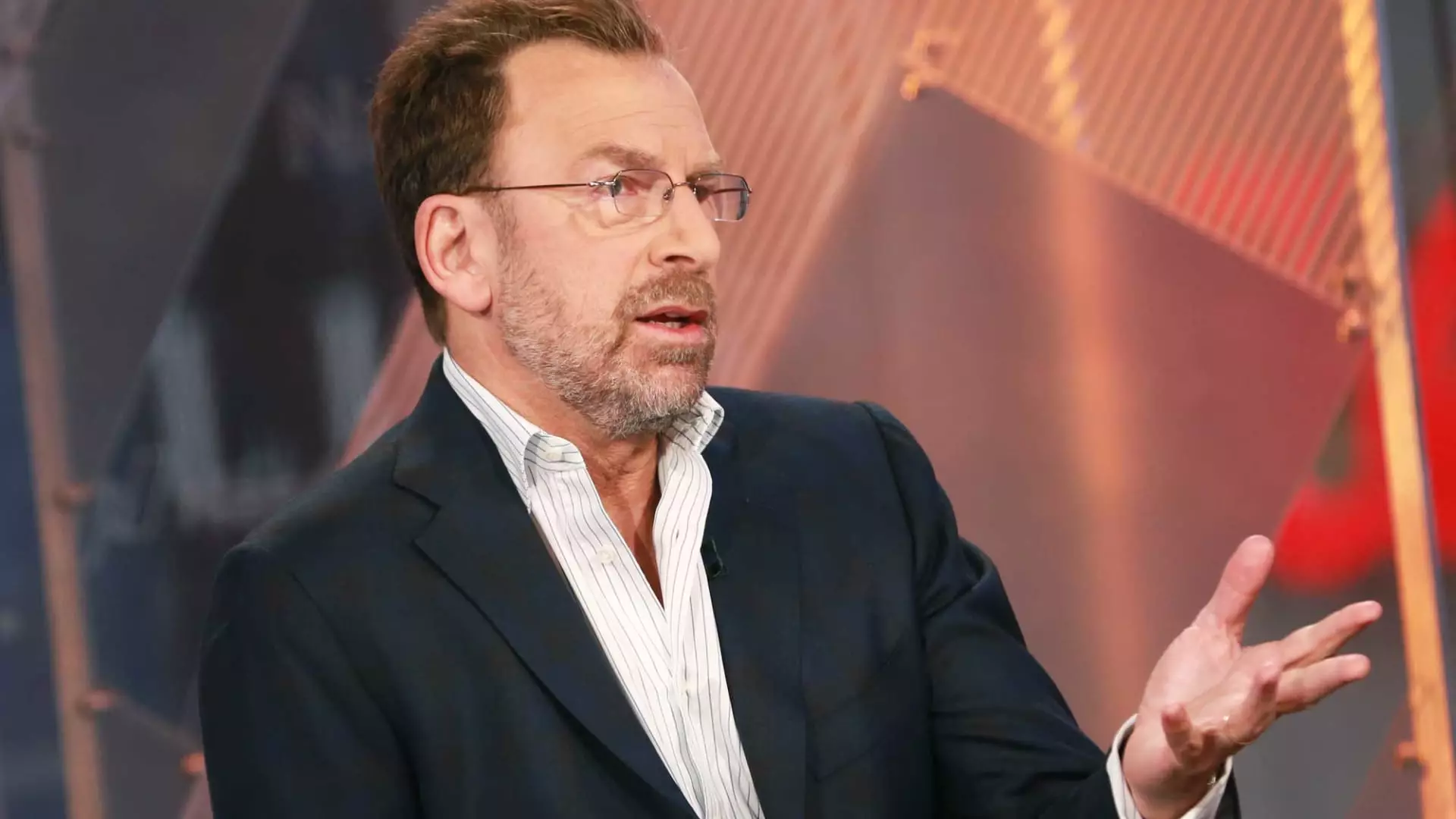The landscape of mergers and acquisitions is often fraught with unpredictability, and the current situation at Paramount Global is no exception. As Paramount navigates its intricate relationship with Skydance Media, a competing offer from Edger Bronfman Jr. has thrown a wrench into what many thought was a settled agreement. This tension highlights not only the volatile nature of the entertainment industry but also the strategic maneuvers employed by various stakeholders seeking control of Paramount.
On Wednesday, Paramount’s special committee announced an extension of the “go shop” period, which was originally part of the merger agreement with Skydance. This extension of fifteen days allows additional time to review Bronfman’s rival offer, which has vacillated from an initial $4.3 billion to an eye-popping $6 billion. This bid marks a critical moment in Paramount’s negotiations as it seeks to solidify its future direction amid competing interests.
The “go shop” period, which allows Paramount to solicit other potential offers, is a standard clause in merger agreements. Still, it places Paramount in a precarious position. The committee acknowledged the receipt of Bronfman’s proposal, stating that while it opens up opportunities for competitive bidding, it also does not guarantee a “Superior Proposal.” This ambiguity was reinforced by the committee’s reluctance to disclose details, emphasizing the complexities inherent in such negotiations.
At the heart of this conflict lies the competing interests of investors and stakeholders involved. Edgar Bronfman Jr., a notable figure with a history in the entertainment industry, has raised substantial funds to bolster his offer. His bid not only seeks to acquire a minority stake in Paramount but also aims to absorb National Amusements, Paramount’s controlling shareholder. This highlights a strategic shift where Bronfman is attempting to position himself as a viable alternative to Skydance’s previously established merger arrangement.
In contrast, the consortium led by Skydance includes reputable private equity firms, such as RedBird Capital Partners and KKR. Their collective agreement to infuse over $8 billion into Paramount signals their commitment and ambition to elevate the company’s standing in the media landscape. The proposed structure of their merger agreement stipulates significant payouts to shareholders, indicating that they have a well-defined strategy to ensure stakeholder satisfaction.
The financial ramifications of these competing bids cannot be understated. The Skydance deal promises specific cash payouts to class A and class B shareholders, which would bolster shareholder engagement and confidence in the company’s trajectory. On the other hand, Bronfman’s revised offer includes a tender offer of $16 per share for non-voting shareholders, further complicating the landscape of shareholder rights and potential outcomes.
What complicates this battle even further is the backdrop of lawsuits filed by shareholders questioning the validity of the Skydance deal. Notable moments include Mario Gabelli’s suit demanding the uncovering of books relating to the deal and Scott Baker’s opposing legal maneuver that seeks to derail the agreement. These legal challenges bring to light the growing concerns among investors about how these strategic decisions are made and their implications on share value.
National Amusements operates as the puppet master in this unfolding drama. Controlling 77% of Paramount’s Class A stock, its interests are paramount to the negotiation processes underway. Both Skydance and Bronfman’s proposals hinge heavily on acquiring National Amusements, altering not just control but also the strategic vision for Paramount.
As the bids unfold, the dynamics between the offerors and National Amusements illustrate the broader implications of corporate governance and shareholder rights. Paramount’s current governance structure is under scrutiny, with concerns that the prevailing deal may not exclusively serve the broader interests of the company’s stakeholders.
Concluding Thoughts
The contest between Bronfman and Skydance illustrates the broader trends of volatility and competition that can define the corporate landscape, especially in the media and entertainment domains. As Paramount Global navigates these waters, the outcome remains uncertain; yet, it is clear that every move will have significant implications for shareholders, as well as the future direction of the company. Stakeholders are left in a precarious position, where the potential for change looms large, yet the path forward appears shadowed with complexity and contention. In the high-stakes world of mergers and acquisitions, Paramount’s fate hangs delicately in the balance.


Leave a Reply